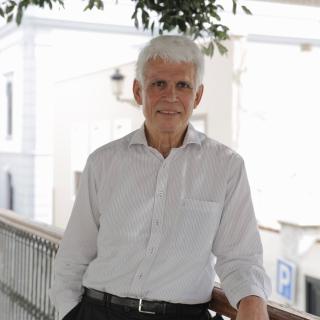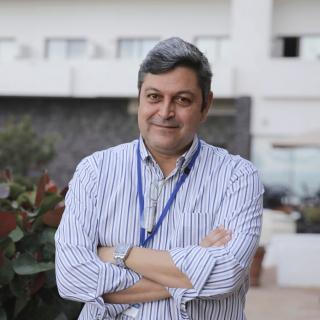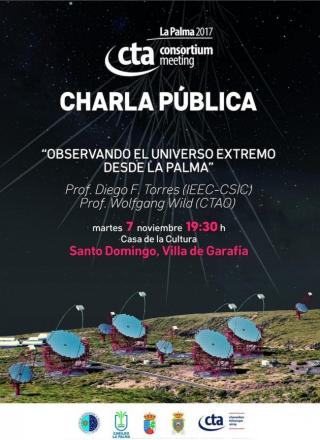
Ayer tuvo lugar la segunda jornada de sesiones plenarias de la reunión del Consorcio Cherenkov Telescope Array (CTA), que prevé la instalación de 19 telescopios para la observación de rayos gamma en el Observatorio del Roque de los Muchachos, en el municipio palmero de Garafía. Este encuentro, que ha reunido desde el lunes en La Palma a cerca de 240 miembros de este proyecto, ha sido organizado por el Grupo de Astrofísica de Partículas del IAC, con ocho miembros de los cuales cinco son mujeres
Advertised on




